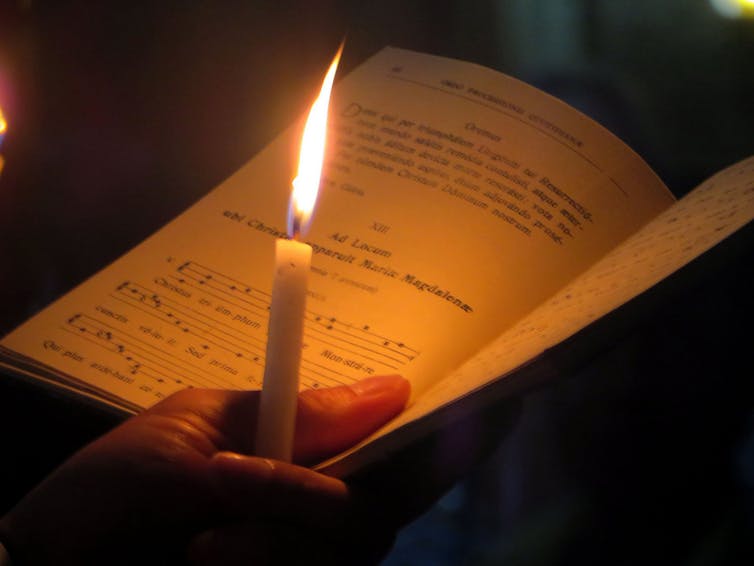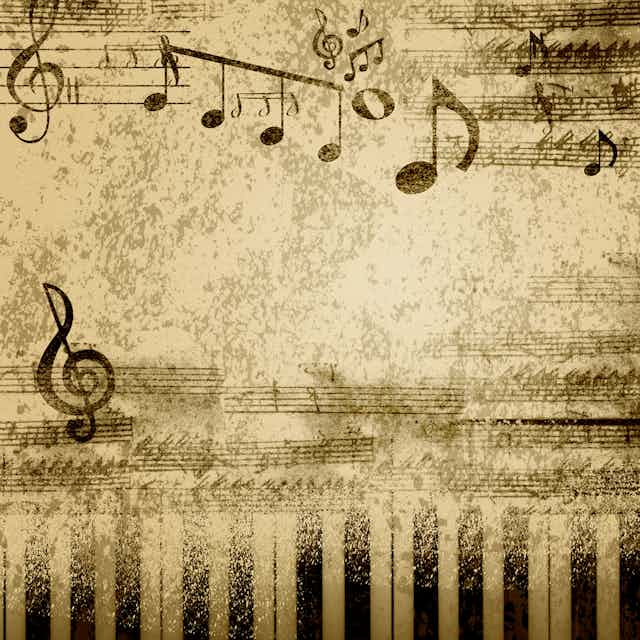Should England say goodbye to the patriotic God Save The Queen and instead adopt its own national anthem just as the Welsh, Scots and Northern Irish have? David Cameron thinks so – and MPs will debate this week whether or not to replace God Save the Queen, with Jerusalem being mooted as a possible alternative.
It is a popular hymn, sung in churches, schools, as the anthem of the Women’s Institute and at sporting events – particularly rugby matches – across England. Many already consider it to be the unofficial English anthem. But where did it come from?
March 10 2016 marks the 100th anniversary of Sir Hubert Parry writing the music for Jerusalem. The hymn was originally penned as a poem by William Blake in 1804, but the lyrics were added to Parry’s music in 1916 during the gloom of World War I when the uplifting new English hymn was well received.

In fact, in 1927, the centenary of William Blake’s death, there were calls for Jerusalem to become an English national anthem. Although nothing ever came of this, the hymn’s widespread appeal has not dimmed – with those calls for the hymn to represent the English being renewed again in the present day.
And did those feet in ancient time
Parry’s choral song was written for the “Fight for Right” movement – formed to sustain the resolve of Britain during World War I. Music was considered an important part of the movement’s meetings – and in response to a request from his old Etonian friend and Poet Laureate, Robert Bridges, Parry set to work on his own song, written just for the movement.
“It should be suitable, simple music to Blake’s stanzas,” Bridges insisted. “Music that an audience could take up and join in.”
Once the “suitable, simple music” was written, the piece was played to Henry Walford Davies, at the Royal College of Music, who volunteered to print the music.
Davies, who was an organist at the Temple Church, tried it out on the boys of the City of London School who provided choristers for his choir. And these, with other choirs and choral societies in London, gathered to sing it publicly for the first time at a “Fight for Right” meeting at Queen’s Hall on 28 March 1916.
Bring me my bow of burning gold
Jerusalem instantly became popular and, because of its wide appeal, Parry added an orchestral accompaniment to the one already available in print for organ or piano.
In 1917, Parry conducted it for the ladies of the Albert Hall choir as part of a call in favour of National Service for Women. This signalled a closer relationship with the women’s suffrage movement which Parry and his wife, Maude, supported.
A year later, Jerusalem was sung at a suffrage demonstration concert and it was decided it would become the hymn of the Women Voters – the song was adopted by the Women’s Institute as their anthem in 1924.

At the same time, other bodies and institutions such as public schools helped to popularise the song, and in 1922 Edward Elgar who greatly admired Parry, made his own orchestration of the accompaniment. This version is now more commonly used than Parry’s original.
It also entered the hymn book and was taken up in the 1950s as part of the Last Night of the Proms. Both verses now are lustily sung at the end of the evening by the enthusiastic promenaders every year.
In England’s green and pleasant land
Dying a month before the end of World War I, Parry did not live to see the European peace he so longed for, nor the suffrage for women for which he so passionately campaigned. But as a fervent supporter of democracy, he would have been delighted at the ongoing popularity and ubiquity of his song.
It is fitting in these modern times that a piece born of democratic vision, aspiration and equality should potentially become the song of a nation.
So if England really is on the lookout for another national anthem, Jerusalem seems an ideal choice.

